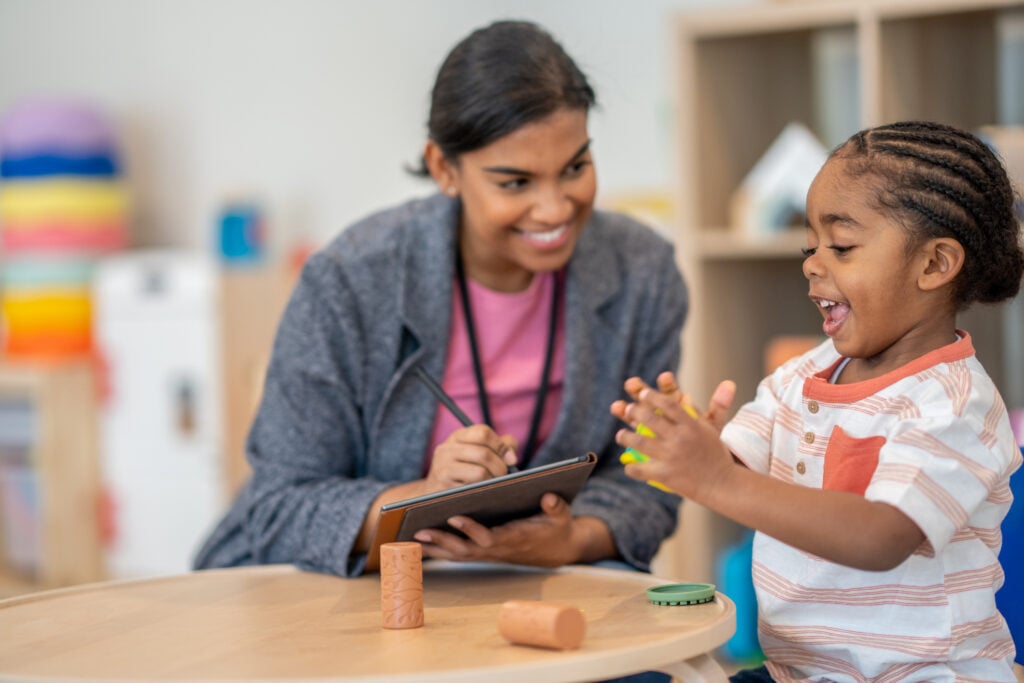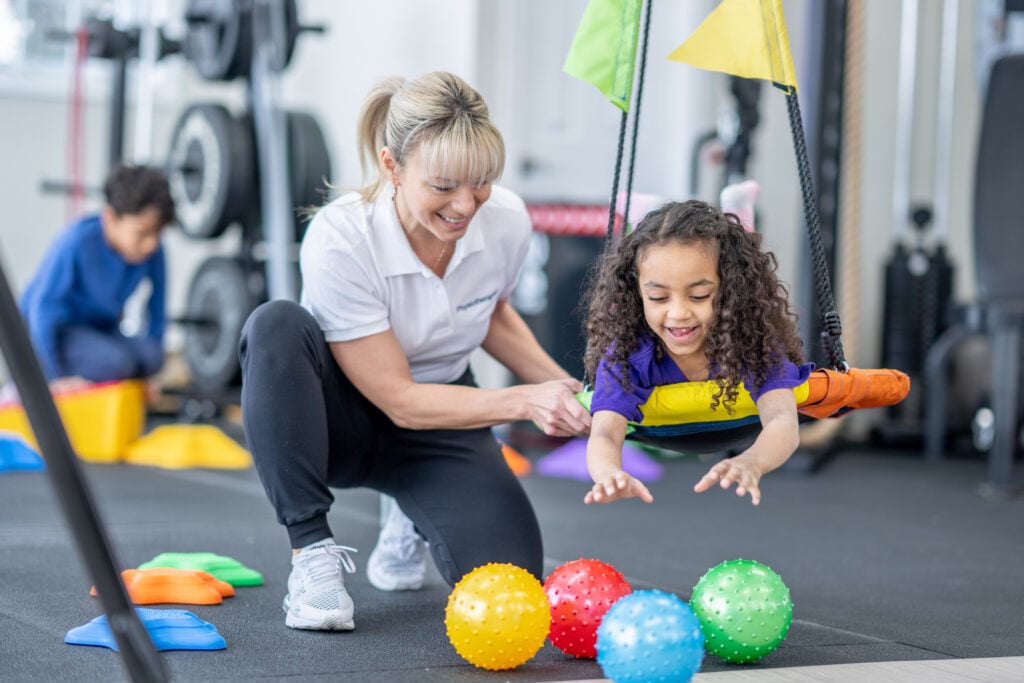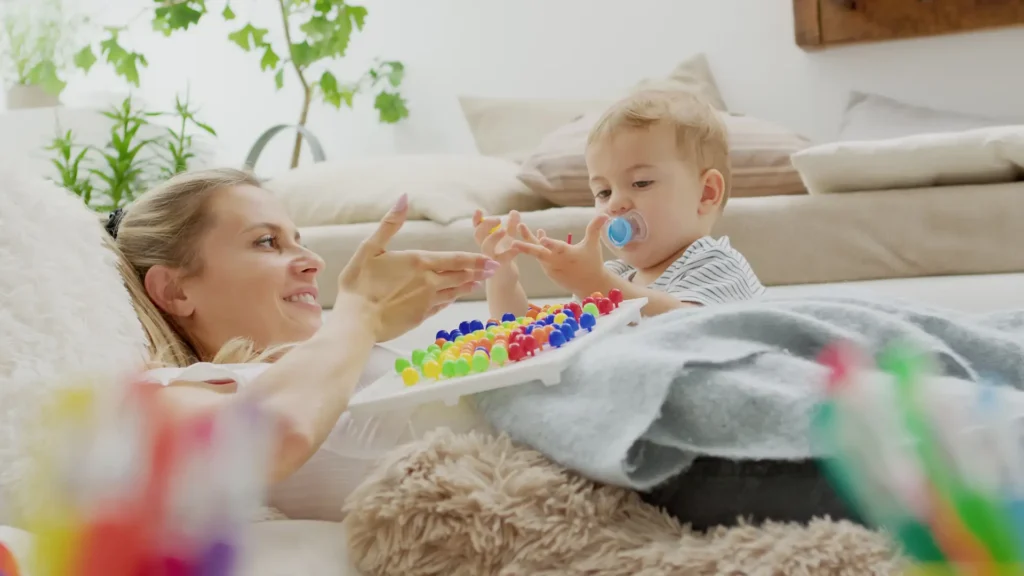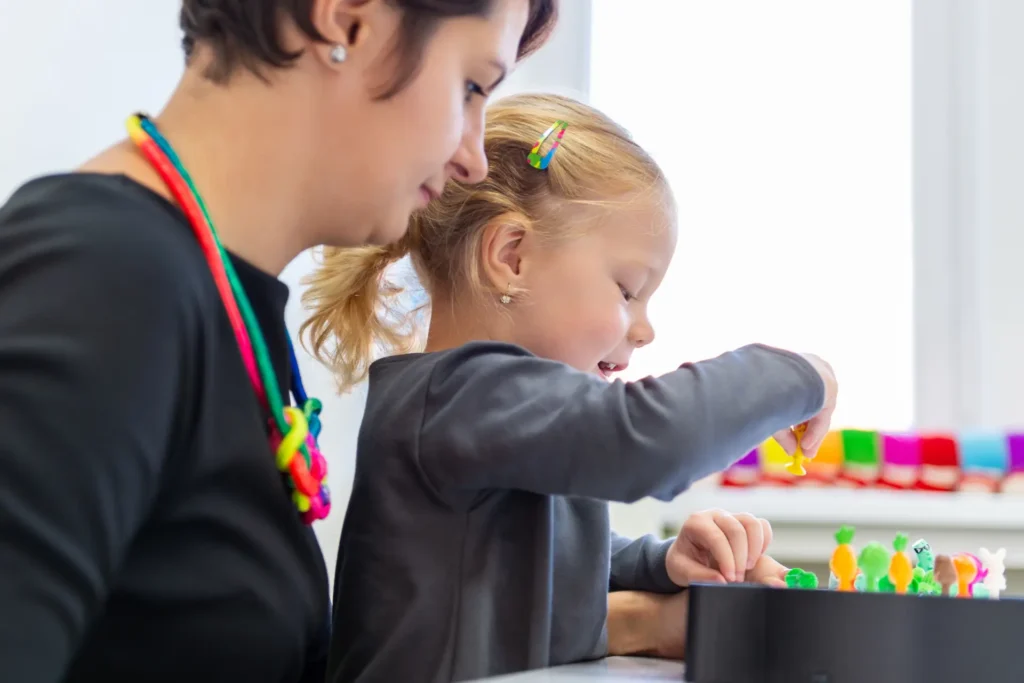Is Your Child’s Speech on Track? It’s natural to wonder whether your child’s communication is developing as it should. Some kids are late talkers who eventually catch up, while others may need extra support to build the skills that help them be understood and connect with others. Knowing what’s typical and what might need attention […]
Author Archives: Jeremy Schalski
Building Independence Through Play Many parents think of occupational therapy (OT) as handwriting practice or help with brushing teeth. But the truth is that OT can help with almost every part of a child’s growth and development. From the way they move their body and process new sensations, to how they handle big emotions or […]
Every child develops at their own pace, but sometimes progress toward milestones doesn’t come as easily as expected. A child may use fewer words than their peers, avoid certain foods or textures, or struggle with balance and coordination. These differences don’t mean a child cannot succeed, but they may indicate a developmental delay or medical […]
Does your child stumble often when running, avoid playground activities, or seem uncertain on stairs? These everyday challenges are often linked to gross motor skills — the whole-body movements children rely on for walking, climbing, jumping, and balancing. When these skills don’t develop as expected, physical therapy can provide the targeted support children need to […]
As you walk through life beside your child with autism, you often find yourself seeing surroundings, experiences, and emotions in new ways as your child reminds you there is more than one way to process and engage with the world. Through those discoveries you make together, you also gain a deeper understanding of how to […]
Being five is a big deal for your child. They are likely starting kindergarten, forming stronger friendships, and showing more independence in day-to-day activities. At this time in their life, they are also experiencing a burst of growth in how they think, communicate, handle emotions, and move around. To track this exciting progress, you can […]
From the moment your baby is born, they are growing and learning how to use their little body. Their pediatrician may have told you that tummy time is an important activity you can do to help your baby with their development. Keep reading to find out what this is, how to do it safely, and […]
Many everyday tasks, like holding a crayon, buttoning a shirt or opening a snack, depend on something called “fine motor skills.” These are the small, precise movements our hands and fingers make to get things done. One key part of how these abilities develop is the way children learn to “grasp” objects. Known as “grasp […]
For children with autism spectrum disorder, everyday sensory experiences can sometimes feel overwhelming or unpredictable. Sounds, movements, textures or smells that might be soothing for one child can be overwhelming or distressing for another. These differences in sensory processing can affect how a child participates in daily life. Sensory play gives children a chance to […]
Does your child crave movement, enjoy deep pressure, meaning a firm touch like tight hugs, or shy away from loud sounds and sticky textures? These preferences may be more than just likes and dislikes—they could reflect how your child processes sensory input. Learning to recognize and support your child’s sensory needs can transform everyday challenges […]










